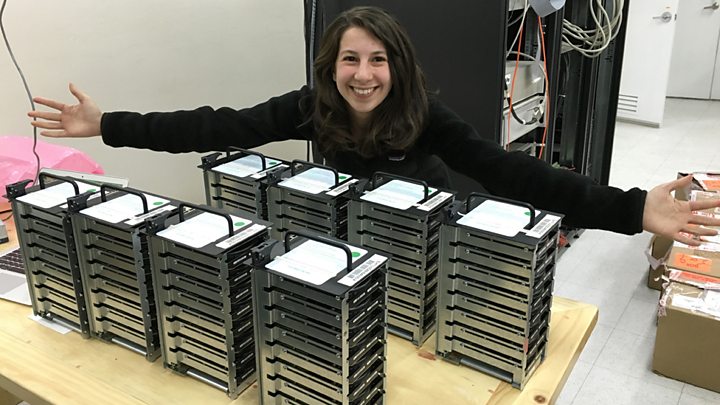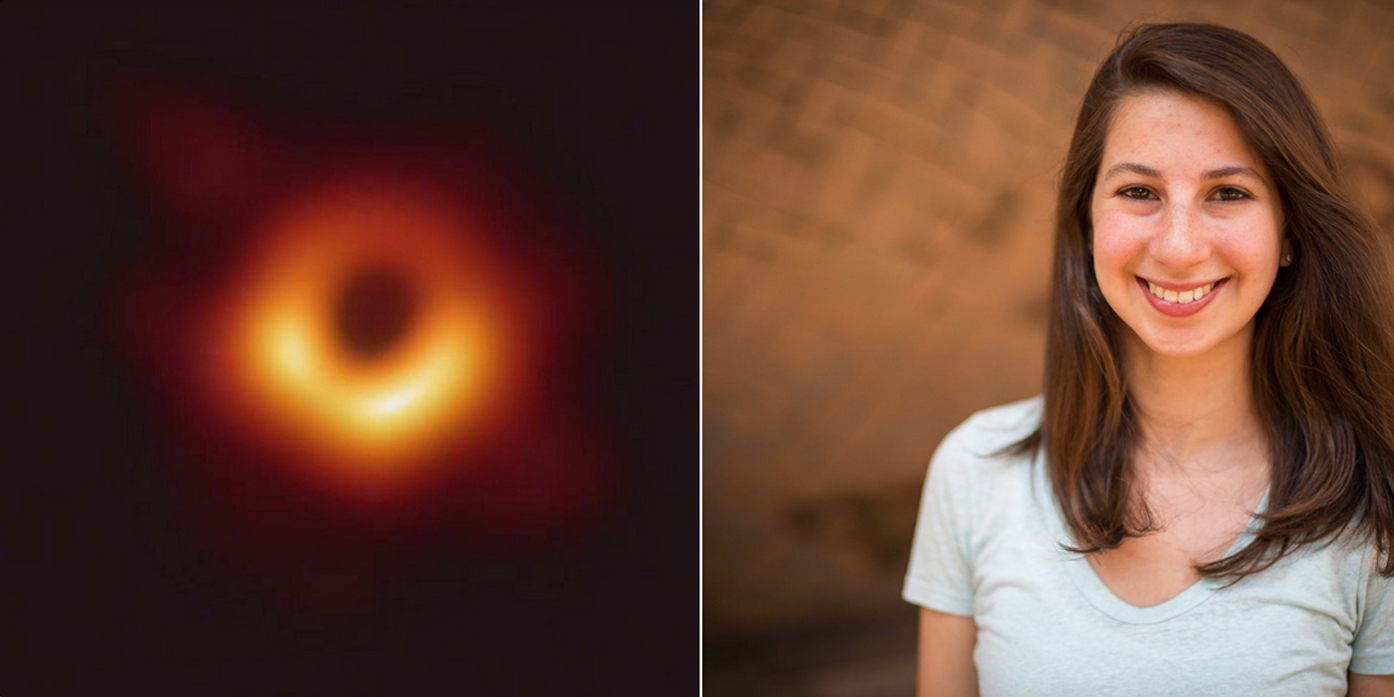
As the first ever picture of a supermassive black hole circled the Internet on April 10, 2019 – Dr. Katie Bouman now has a Wikipedia page. She is notable because her computer science work helped contribute to the imaging of the black hole for the first time – a feat previously thought impossible.
She developed an algorithm known as Continuous High-resolution Image Reconstruction using Patch priors (or CHIRP) so Earth could see its first supermassive black hole.
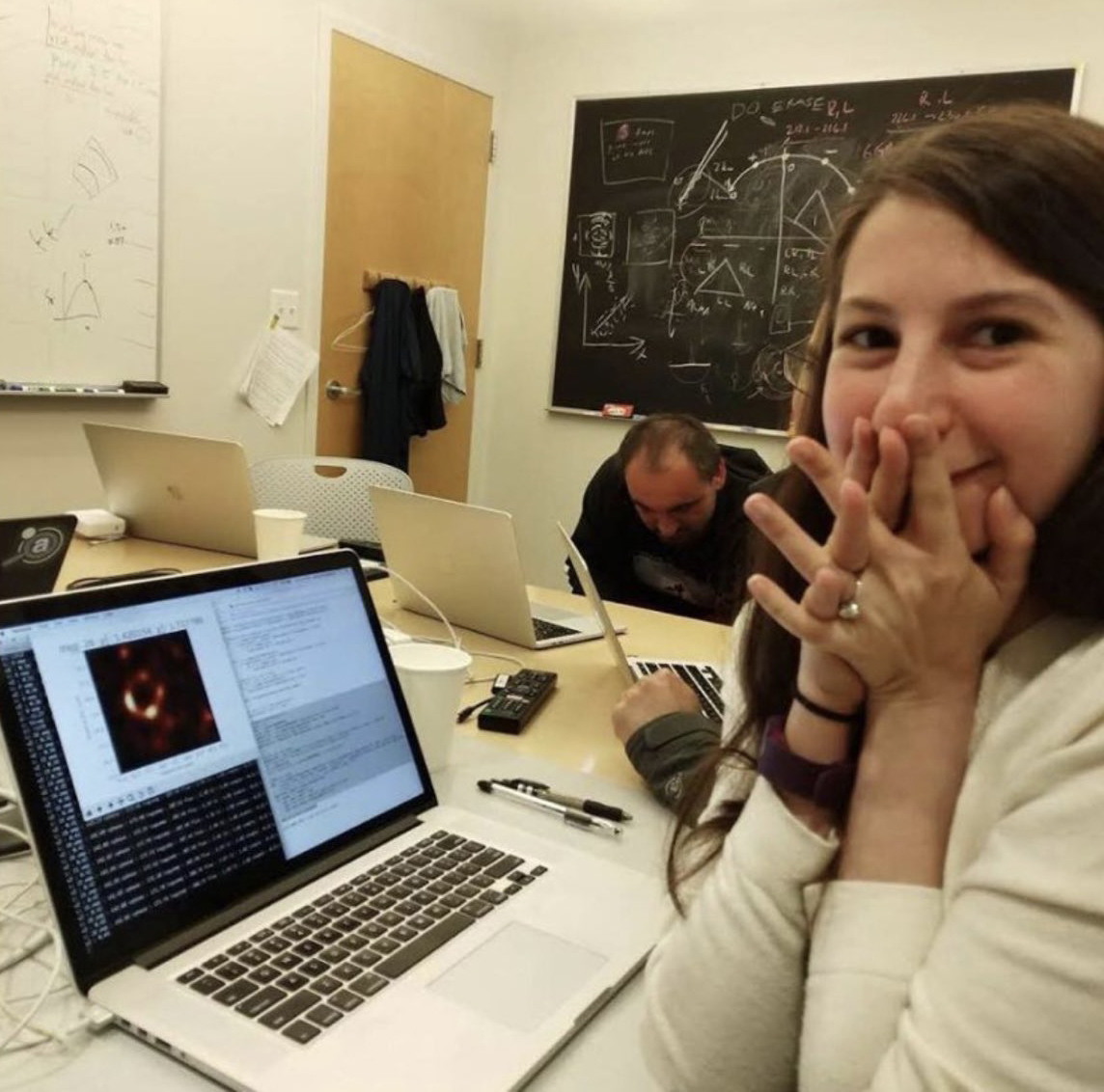
Here’s the moment when the first black hole image was processed.
Katie’s algorithm was used to image the black hole inside the core of the galaxy Messier 87 from a ton of data from the Event Horizon Telescope:
At MIT as a postdoc fellow, she was responsible for an algorithm to create the first images of a black hole, published in April 2019, providing computational support to learn about general relativity in the strong-field regime. Her research focused on using emerging computational methods to push the boundaries of interdisciplinary imaging – to fantastic results:
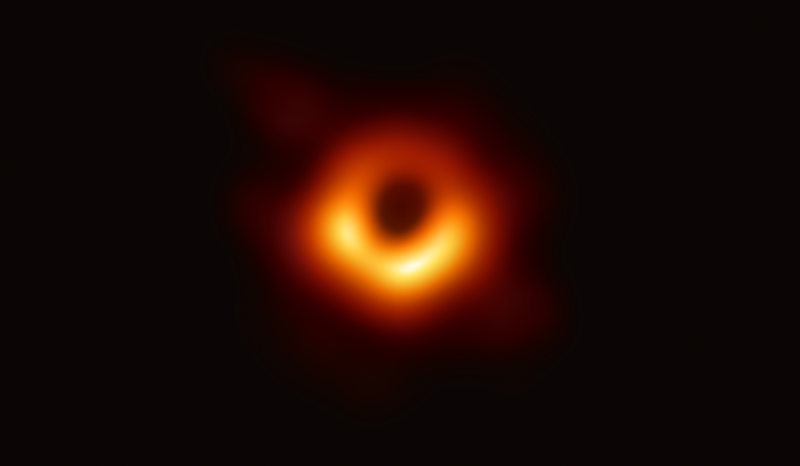
Scientists have obtained the first image of a black hole, using Event Horizon Telescope observations of the center of the galaxy M87. The image shows a bright ring formed as light bends in the intense gravity around a black hole that is 6.5 billion times more massive than the Sun. This long-sought image provides the strongest evidence to date for the existence of supermassive black holes and opens a new window onto the study of black holes, their event horizons, and gravity. Credit: Event Horizon Telescope Collaboration
Katie had theorized that black holes leave a background shadow of hot gas; the machine learning algorithm fills in gaps in data produced by telescopes from around the world. She led efforts in “the verification of images and selection of imaging parameters” for the Event Horizon Telescope.
Katie developed “a new algorithm to stitch together data collected across the EHT network. She went on to lead an elaborate series of tests aimed at ensuring that the EHT’s image was not the result of some form of technical glitch or fluke. At one stage, this involved the collaboration splitting into four separate teams which analysed the data independently until they were absolutely confident of their findings,” reported The Guardian.
In 2017, she gave a TED talk on “How to take a picture of a black hole”.
On the recent black hole image release, Katie is quoted: “We’re a melting pot of astronomers, physicists, mathematicians and engineers, and that’s what it took to achieve something once thought impossible.”
Dr. Katherine L. (“Katie”) Bouman is now a professor at Caltech.
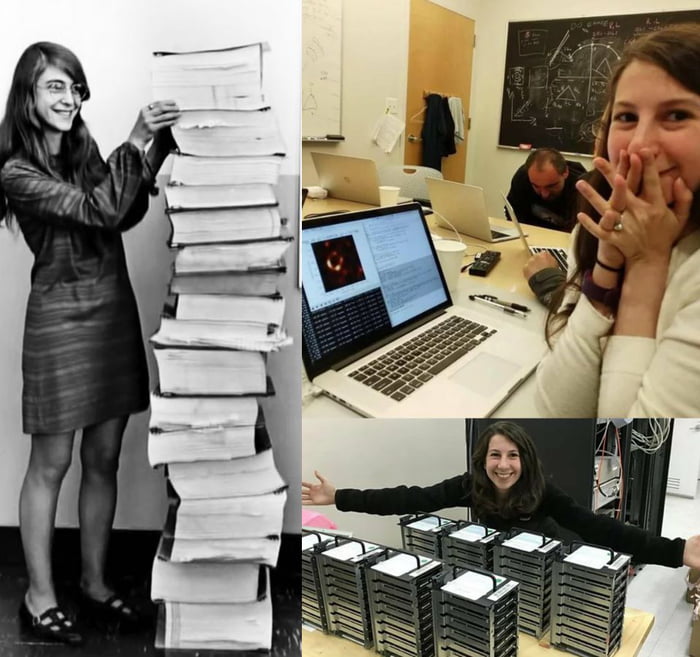
Comparisons are already being made of Margaret Hamilton of NASA to Katie Bouman of Caltech.
We can’t wait until we can buy the Lego kit commemorating this computer scientist’s contribution to the imaging of the first black hole! Super inspiring work, Katie.


